
Top 10 Text To Music AI Tools
You couldn’t even dream of making music in minutes a few years ago, but now it’s possible and easy. Text to music AI tools turn written text...
AI agents are a significant technological step forward. They provide solutions to complicated problems and improve efficiency in various industries. Understanding AI agents is essential in today’s tech-driven world, whether you are interested in artificial intelligence or simply want to keep up with the latest developments.

This article explains what are AI agents, the different types of AI agents, what they do, some examples, and how you can create them yourself. It covers everything you need to know before you start working with them.
AI agents are a quickly developing aspect of artificial intelligence. They are software or hardware units that can autonomously perform complex tasks, process data, make decisions, and interact with their environment or other agents.
These agents use complex algorithms, including machine learning, to continuously adapt and learn from changing conditions.
AI agents can be programmed with specific goals, They can perceive their surroundings, make decisions, and take actions to achieve those goals. This is a breakdown of what AI agents are and the different types:
Simple reflex agents are a type of artificial intelligence agent that operates based on predefined rules. They cannot learn from their environment or make decisions based on past experiences. Instead, they respond to the current state of the environment by executing a specific action. The decision-making process of a simple reflex agent is deterministic. It will always produce the same output given the same input.
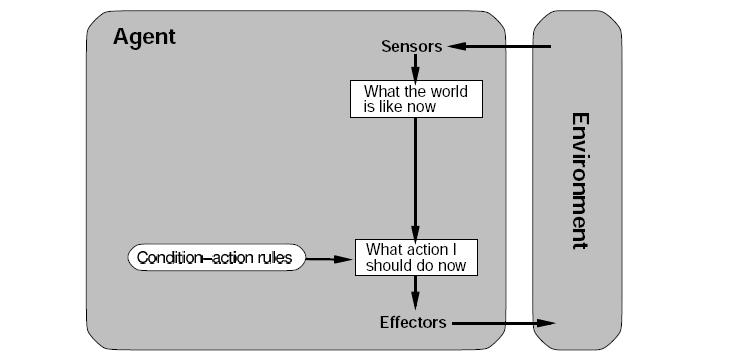
Example: Email sorting system
You created an automated email sorting system designed as a simple reflex agent. Its task is to categorize incoming emails into folders based on specific keywords.
If this system is programmed to move all emails containing the word “invoice” to a folder called “Finance”, it will do so efficiently every time it encounters an email containing that keyword. However, suppose it is also accidentally programmed to move emails containing the word ” invoice” to the same Financial folder.
In this case, if you receive a personal email from a friend with the subject line “Reimbursement for last night’s dinner invoice”, the system will move that personal email to the Financial folder. This happens because the system’s decision is based purely on the presence of the keyword ” invoice “, without any context or understanding of the content.
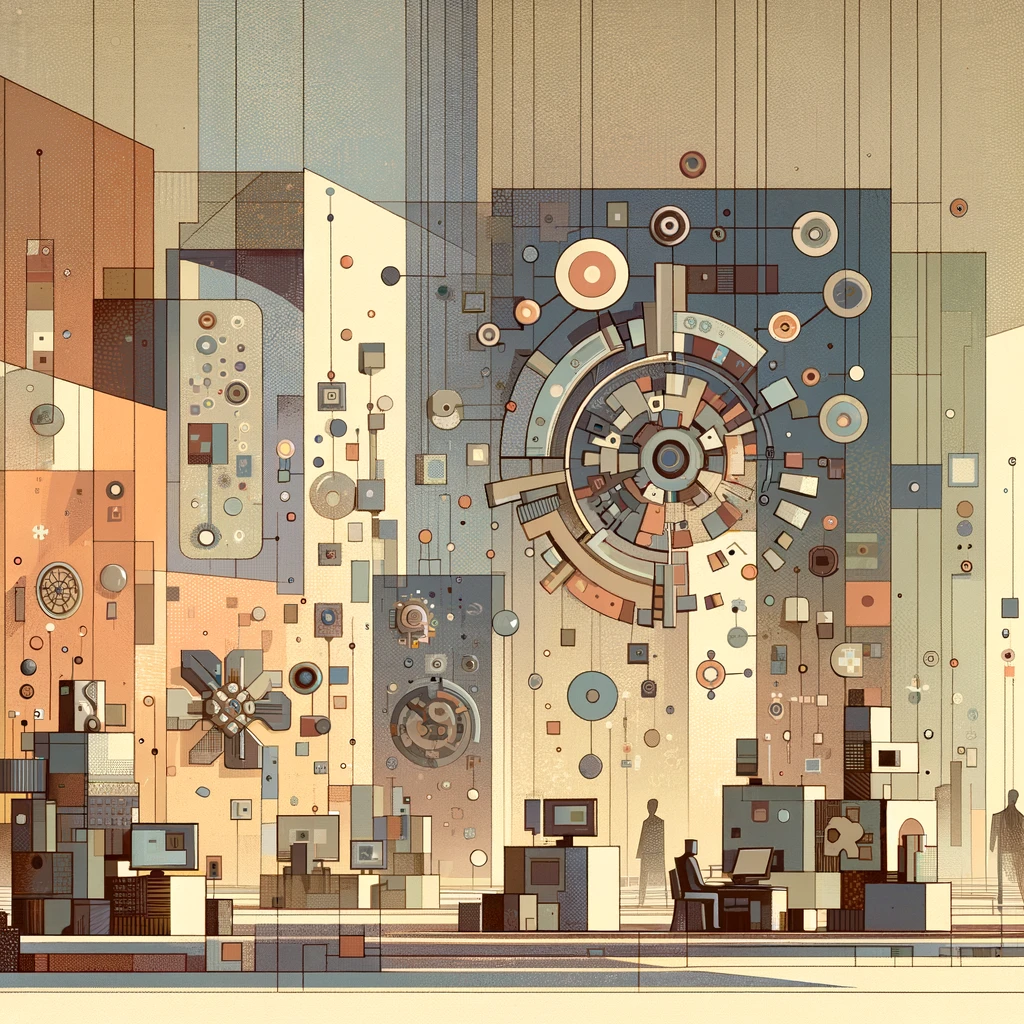
Model-based reflex agents are capable of operating in partially observable environments by maintaining an internal model of the world and updating their internal state based on percept history and the model. This allows them to make informed decisions and adapt to changes in the environment, overcoming the limitations of simple reflex agents in such environments
The key components of a model-based reflex agent include:
Example: Underwater exploration
Underwater exploration involves the use of an autonomous submersible robot in a partially observable environment. The robot relies on sonar and other sensory equipment to detect its surroundings and maintains an internal model of the underwater environment. This includes topographical maps of the seabed, locations of obstacles such as rocks or wrecks, and potentially interesting sites for exploration.
As the robot navigates through the water, it updates its model with new sensory data, adjusting its course to avoid hazards or explore new areas.
Goal-based agents are AI systems that use a set of goals and predicted outcomes of actions to make decisions. They use search and planning to determine the most efficient sequence of actions to achieve their goals. This makes them suitable for a wide range of applications where specific outcomes must be achieved.
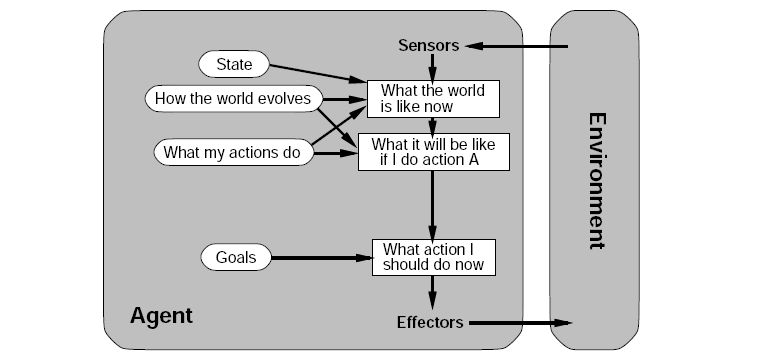
These agents are often referred to as rule-based agents, because they follow set rules to achieve their goals, and take certain actions in response to specific situations.
This agent differs from previous reflex agents in that it reviews multiple actions before acting and selects the one that best achieves its goals. In comparison, reflex agents only have an automated response for certain situations.
Example: Robot vacuum cleaner
A robot vacuum cleaner that is programmed to clean a room can plan its path to make sure it covers the whole area efficiently. It uses sensors to map the room layout and identify obstacles such as furniture. The agent then creates a cleaning path that systematically covers the floor area, avoiding collisions and navigating around furniture legs.
Advanced robot vacuums can adapt their cleaning patterns based on factors such as the type of flooring or the amount of dirt detected by sensors. This feature allows for more efficient and effective cleaning.
Utility-based agents are a type of AI system. They are designed to maximize a specific value, which can range from maximizing profit to minimizing energy consumption. Unlike goal-based agents, which have a specific goal in mind, utility-based agents are designed to find the best solution based on a specific value.
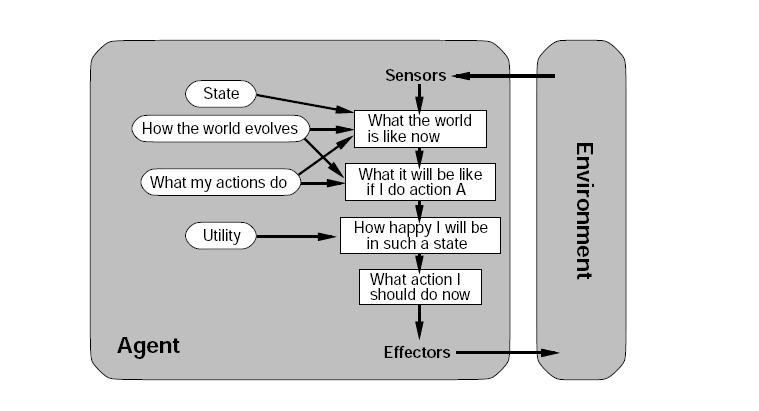
Example: Automated Taxi
In a goal-based agent scenario, an automated taxi’s main objective is to transport passengers from their pickup location to their destination. The agent focuses on achieving this goal and making sure the passenger reaches the destination.
However, the path it chooses may not always be optimal. It may take longer routes and not consider factors such as traffic, road closures or the beauty of the route. The automated taxi focuses only on reaching the destination, without consideration of additional variables.
In a utility-based agent scenario, the taxi is responsible not only for reaching the destination but also for doing so in the most optimal way possible, based on a utility function. The function considers various factors, such as the shortest or fastest route, fuel efficiency, passenger comfort (by avoiding bumpy roads), scenic route preferences, and current traffic conditions.
The agent calculates the utility of different routes and options and selects the one that maximises passenger comfort and efficiency. For example, it may choose a slightly longer but more scenic and less busy route if it knows that the passenger prefers a more pleasant journey to a quick one.
The utility-based agent transports the passenger and optimizes the journey to improve the service’s quality and effectiveness.
Learning agents in artificial intelligence are agents that have the ability to learn from their past experiences or interactions with the environment. They start with basic knowledge and then improve their performance over time by learning. There are several key components to the learning process:
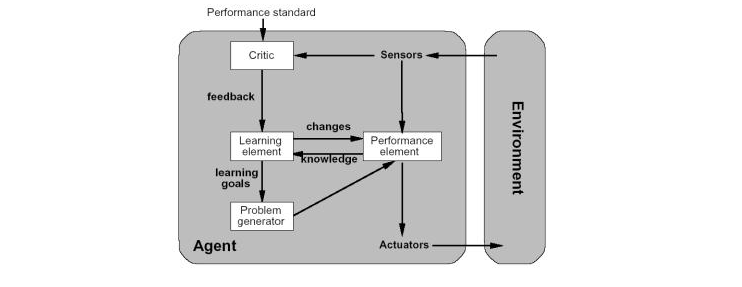
Example: Personal Assistants
Siri, Alexa and Google Assistant are examples of learning agents that learn from user interactions to improve their performance. They adapt to individual user preferences, learn from previous instructions, and provide more accurate responses over time.
Single-agent, multi-agent, and hierarchical systems are three different approaches to organising agents in AI and related fields. Each has its own characteristics, benefits and challenges.
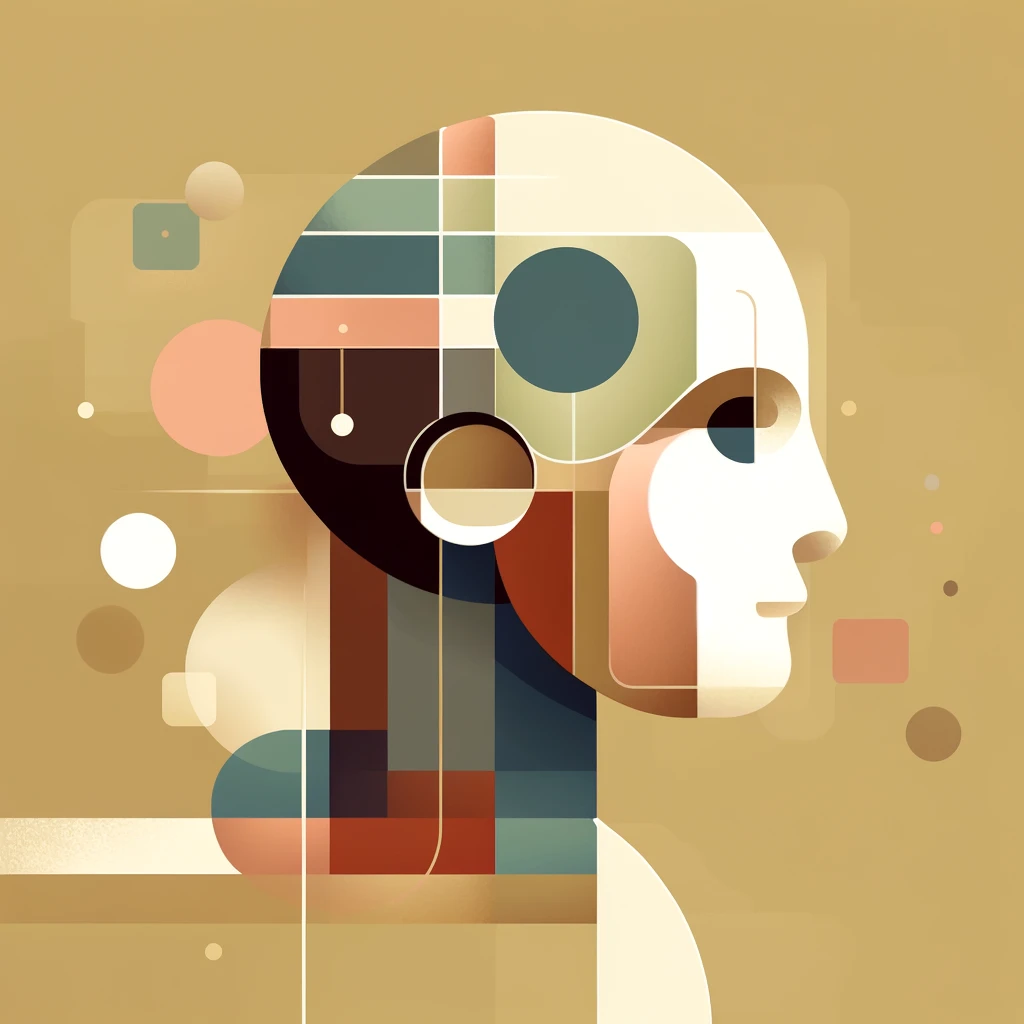
In a single-agent system, there is only one agent that makes decisions and takes actions to achieve its goals. This system is simple and does not involve interactions between multiple agents. Single-agent systems tend to be simpler to design and manage because there is only one decision maker. However, they may lack the flexibility and customisation of multi-agent systems.
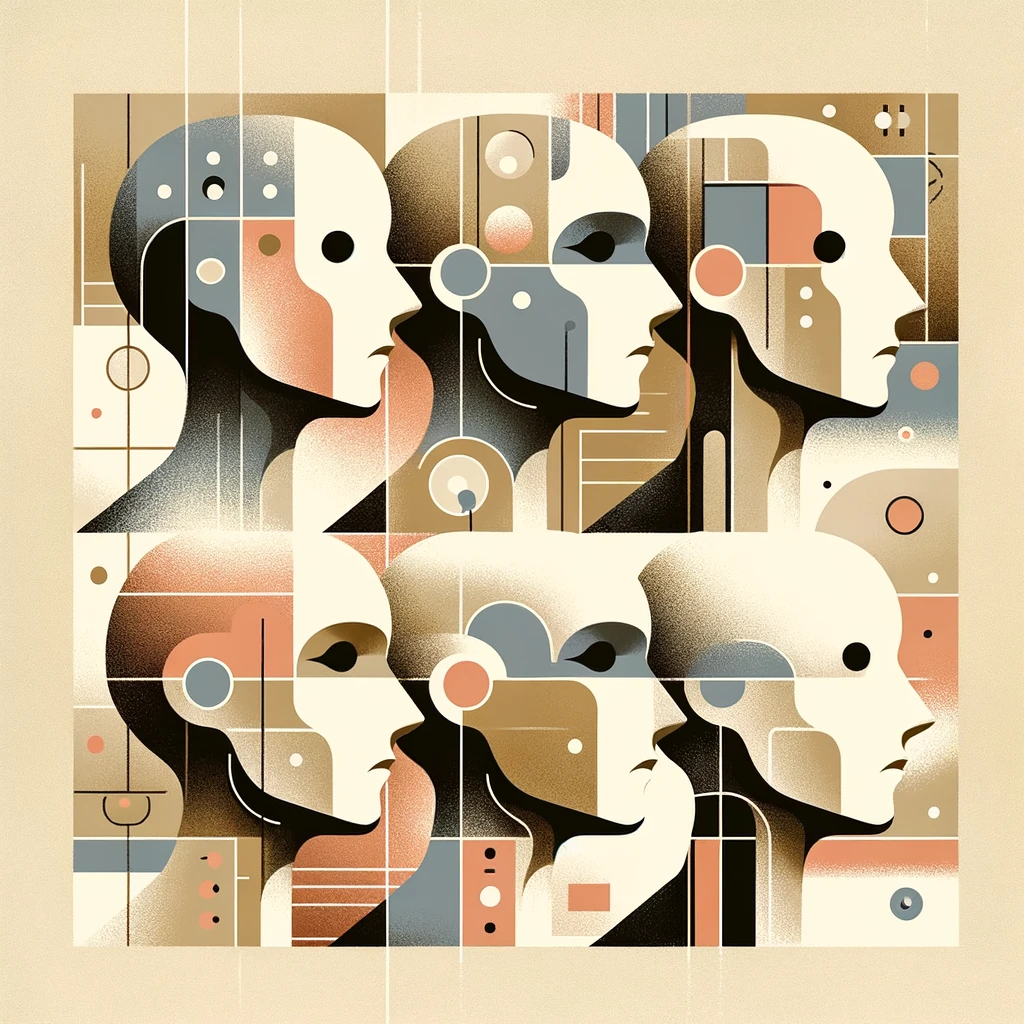
Multi-agent systems are made up of multiple agents that interact with each other to achieve a common goal. These agents can be autonomous or semi-autonomous, and they can perceive their environment, make decisions, and take actions. There are different types of MAS, which can be classified based on their characteristics. For example, they can be classified based on whether the agents have the same or different goals, whether they are cooperative or competitive, and whether they are homogeneous or heterogeneous.
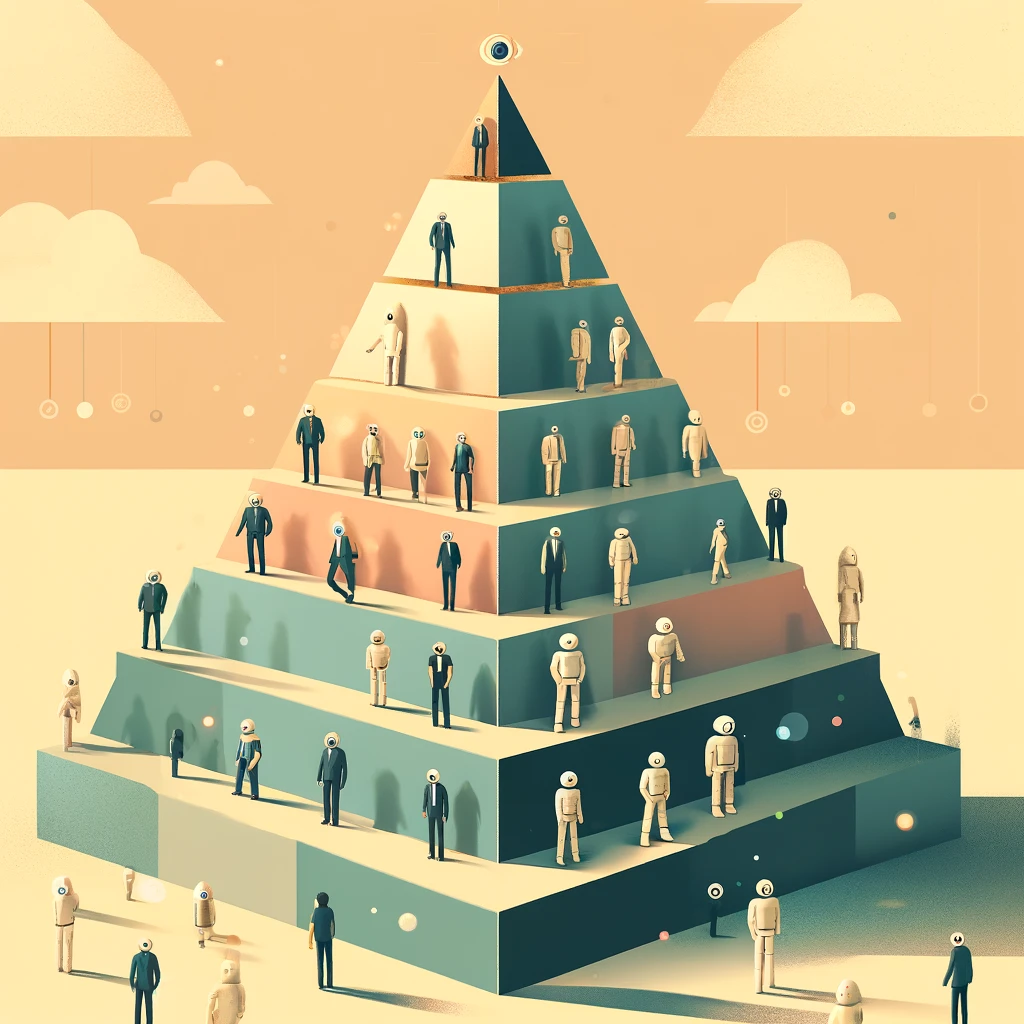
Hierarchical systems organize agents into a hierarchy. High-level agents oversee the behavior of lower-level agents by providing goals and constraints. The low-level agents complete specific tasks, while the high-level agents provide goals and constraints.
This structure allows for more efficient and organised decision making in complex environments. Hierarchical systems are useful in coordinating and prioritizing many tasks and sub-tasks, especially in robotics, manufacturing, and transportation systems.
Comparison:

CrewAI is a platform that allows different AI agents to work together. The agents can work collaboratively on complex tasks, much like a team of humans working on a project. Each agent has its own strengths and weaknesses, and by working together, they can achieve more than any one agent could alone.
CrewAI can be used in a variety of applications, such as building smart assistants, automated customer service systems, and research teams comprised of multiple AI agents.
Key Features:
Pricing:
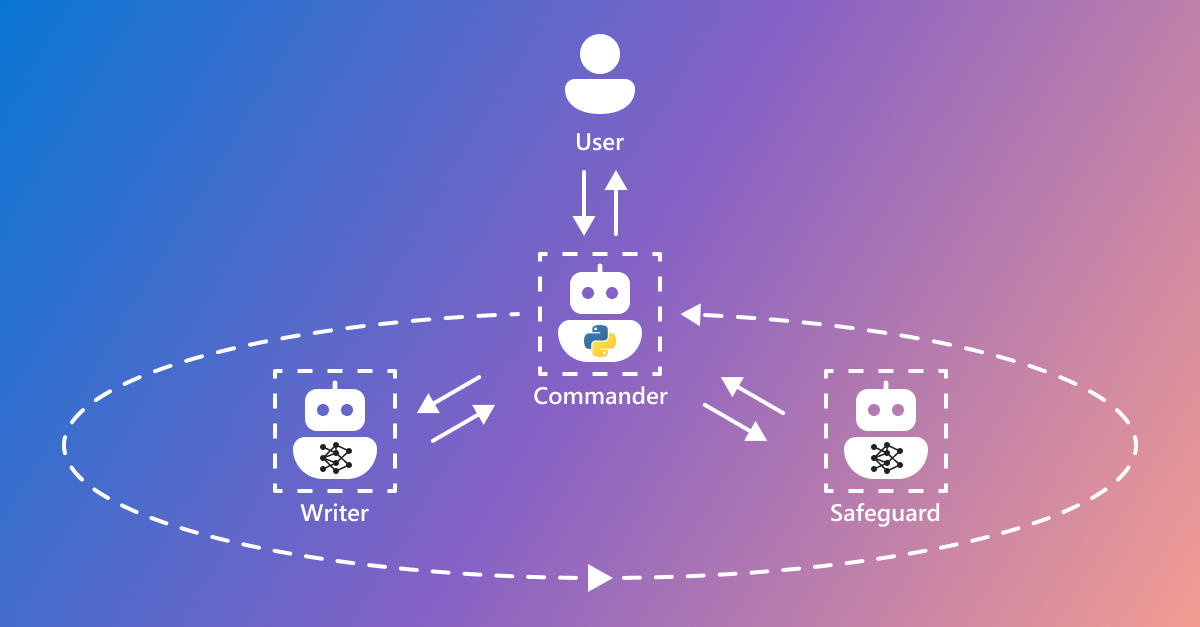
Microsoft AutoGen is an open-source framework for building AI agent applications. It focuses on automating task orchestration, optimizing workflows, and simplifying powerful multi-agent conversations.
AutoGen is compatible with different Large Language Models (LLMs) and tool chains for various tasks. It also supports human-computer interaction capabilities. AutoGen is simple to use, allowing developers to configure agents with minimal code.
Microsoft AutoGen is a research project that is developing new ways to use LLMs to create powerful and flexible applications.
Pricing:

AI agents are pretty good at what they’re designed for, but there are some limitations to keep in mind. Here’s a breakdown of their strengths and weaknesses:
Artificial intelligence is a fast-growing industry, with many people working to create teams of AI agents. While these agents may not currently have the most advanced features, we can expect to see more autonomous agents performing tasks that were once unimaginable in the near future.
If you would like to try and implement these types of AI agents in your workplace or just everyday life, consider contacting AI Developers: Idea Link who can help you with this.
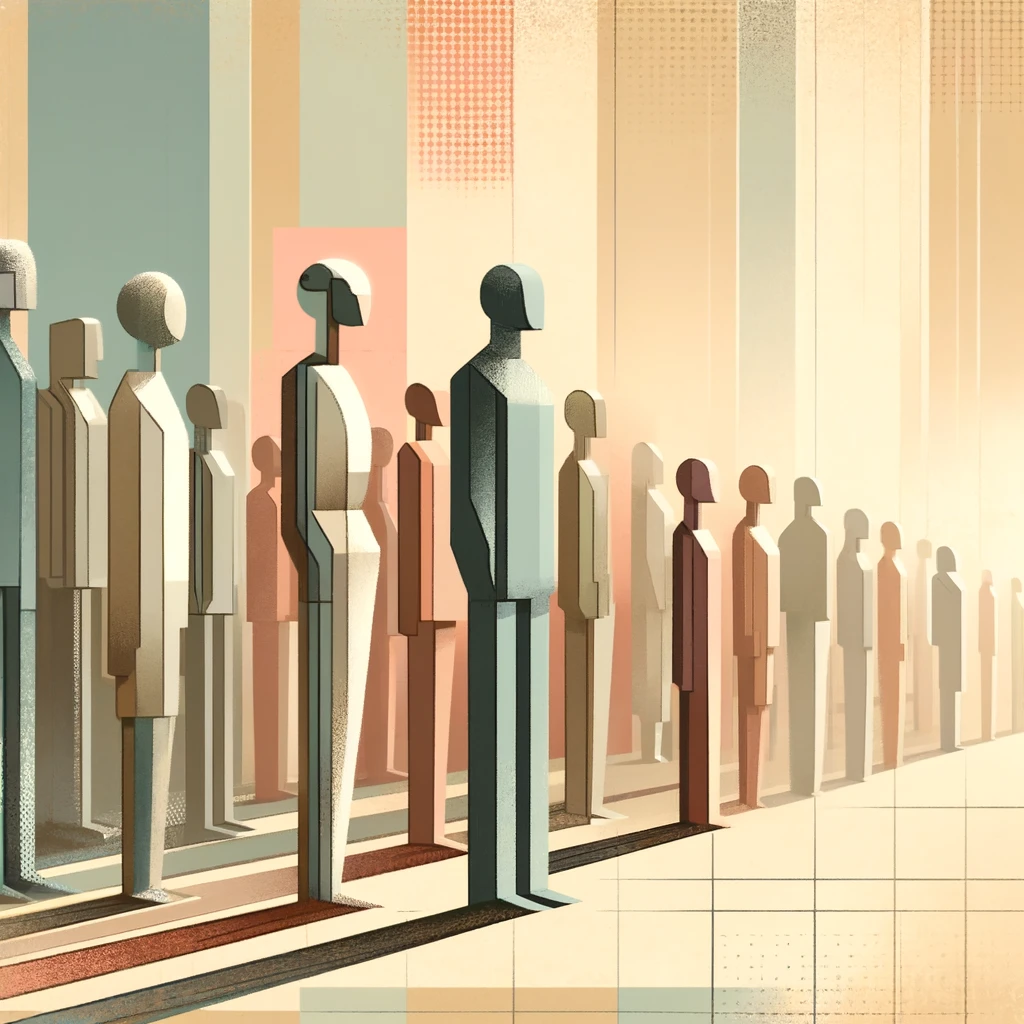
Consider checking out both AutoGen and CrewAI as they are free to use. Even if you are not familiar with coding, you can try AutoGen studio, which is designed for people with no prior coding experience.
All in all, you should be trying to use AI tools or intelligent agents now, as everyone is trying to use artificial intelligence to their advantage for work or just to increase productivity. With so many possibilities yet to be discovered or widely used, we will see some major advances in the next few years.